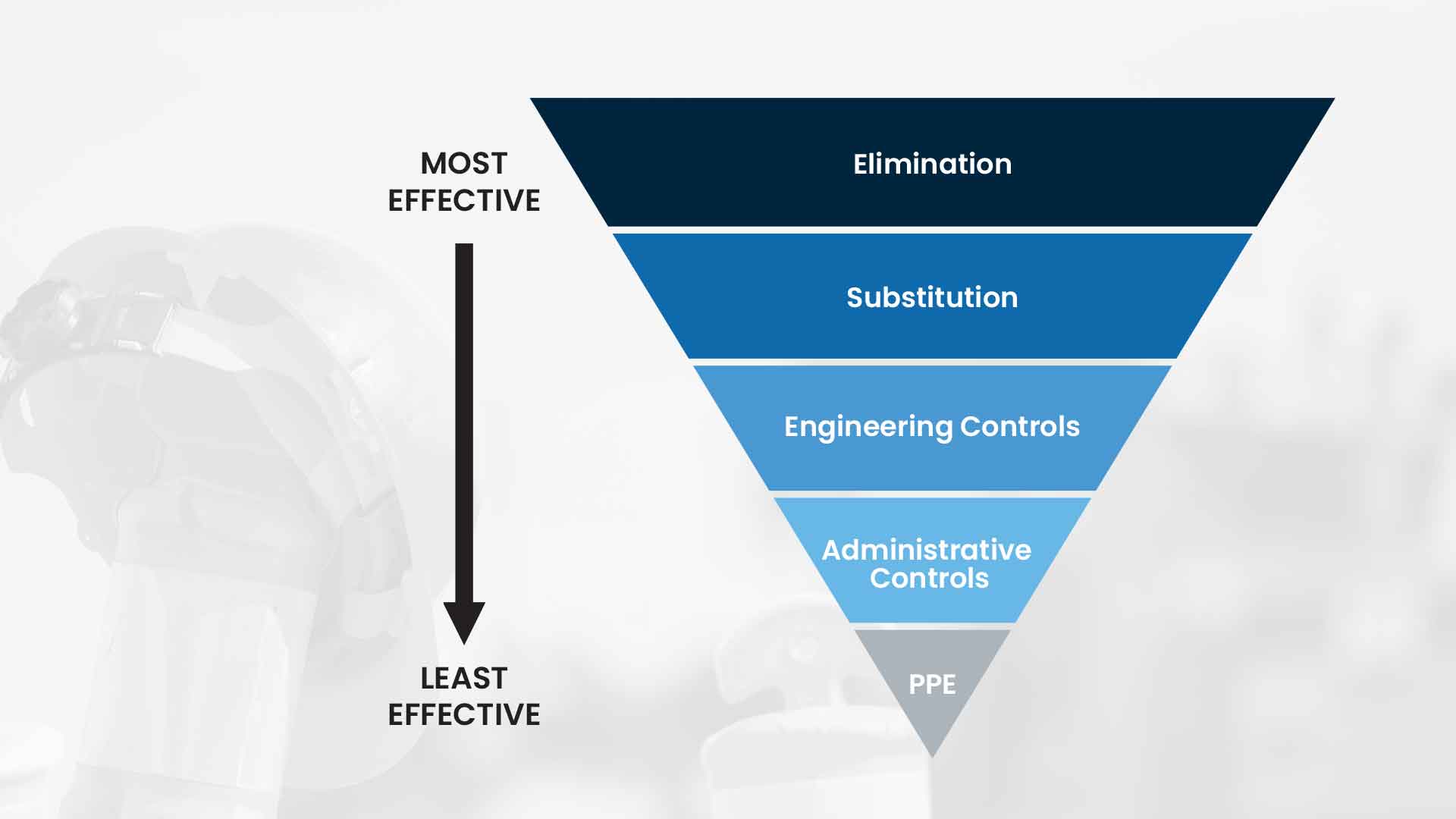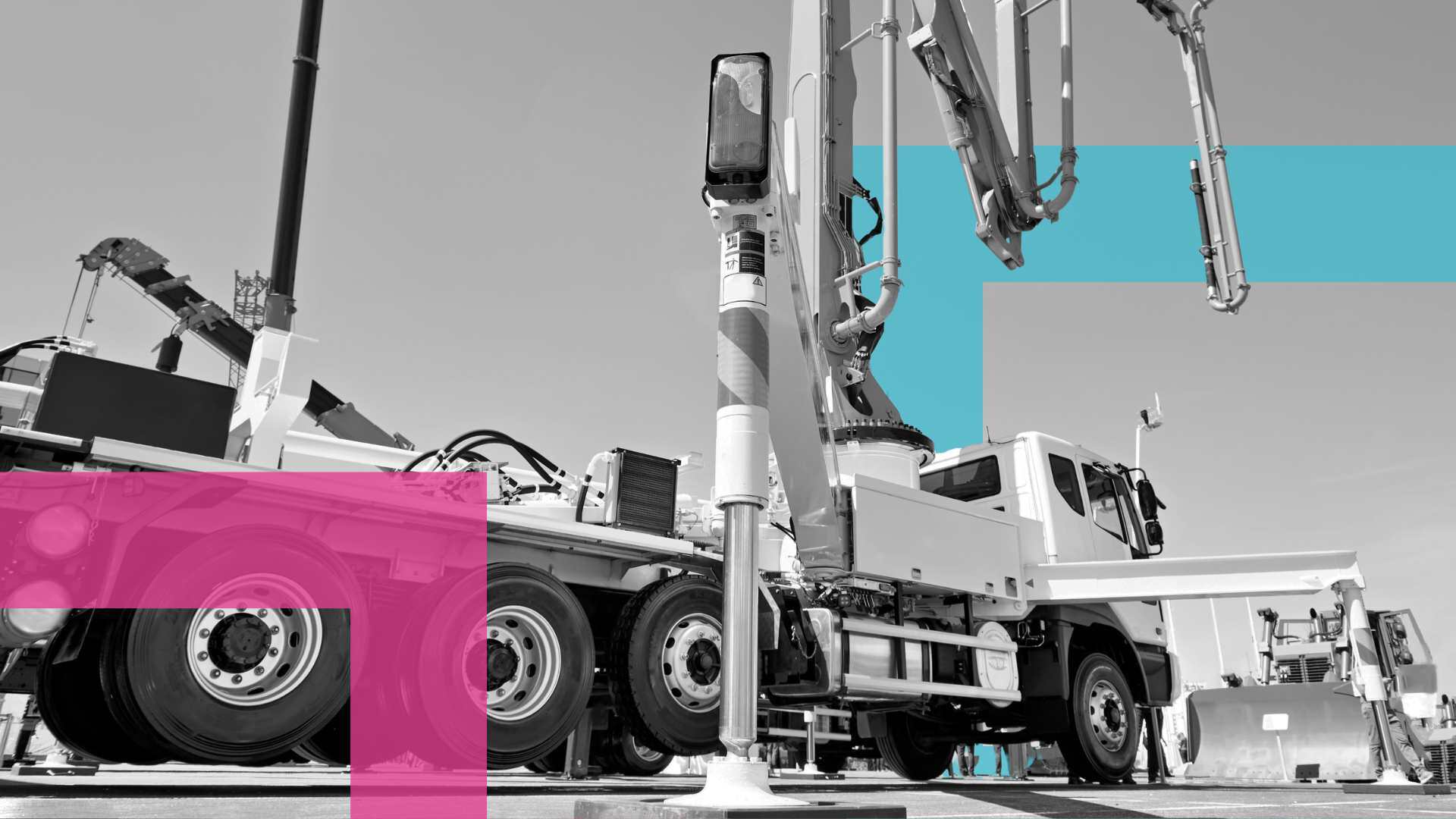Pre Start Plus rebranded to Ideagen Asset Guard
Ideagen Plant Assessor is pleased to announce the rebrand of its flagship pre-start app, Pre Start Plus, to Asset Guard. This rebrand aligns with...
|
|
Machinery Pre Starts
|
|
|
Risk Management &
|
|
|
Document Management
|
|
|
Dashboards & Reporting
|
|
|
Machinery Risk Assessments
|
|
|
Service & Maintenance
|
|
|
Safe Operating Procedures
|
|
|
MySite
|
|
|
View All Features |
Case Studies
Hear from our clients
Events
Find us at industry events
Guides
Find industry-specific guides
Learn
Educational content
News & Articles
Industry news and articles
Safety Legislation
We keep up with safety legislation
so you don't have to
Videos
Find overviews and informative
videos here
Webinars
View upcoming and on-demand webinars
Promotions
See our current promotions
FAQ
All of our frequently asked questions
Help Centre
How to use our software
View a Demo
Let us walk you through Ideagen Plant Assessor features
Release Centre
Product updates and release information

Application of the hierarchy of control is a mandatory requirement for duty holders in all Australian safety jurisdictions.
No matter your role, it’s important to understand the concept of the hierarchy of control and how to utilise it to meet your safety obligations. Here we answer some of the most common questions about the hierarchy of control in this article.
In this article:
What does the hierarchy of control do?
What is the structure of the hierarchy of control
How to implement the hierarchy of control
Challenges of applying hierarchy of control
How Ideagen Plant Assessor can help
What does the hierarchy of control do?
The hierarchy of control is a framework used to manage risks and create a safer environment to work in, or reduce the risks involved in operating machinery. The hierarchy of control helps to identify, prioritise and control hazards by suggesting hazards be eliminated or minimised with control measures that meet one of the five components of the hierarchy. The control measures are ranked from most to least effective, meaning most effective controls are implemented first.
What is the structure of the hierarchy of control?
There are five main components of the hierarchy of control; elimination, substitution, engineering controls, administrative controls, and personal protective equipment (PPE).
Elimination is the first component of the hierarchy of control. This stage involves the complete elimination or reduction of the hazard. This is the most effective way of controlling hazards.
Substitution is the second component of the risk hierarchy. This is the process of changing out the source of the hazard with something that poses less risk.
Engineering is the third and middle section of the hierarchy of control. It involves making an adjustment or modification to reduce the risk the hazard poses to people.
Administrative controls is the fourth component of the hierarchy. Administrative controls can include implementing safety procedures, providing training to staff on how to reduce the risk, or adding safety labels in locations surrounding the hazards, such as on a machine.
PPE, or personal protective equipment, is the fifth and final section of the risk hierarchy, and involves providing personnel with protective gear to reduce the likelihood, or seriousness, of injury should they be exposed to a hazard. This is considered to be a last resort and should only be used when all other options for risk mitigation, as outlined in the hierarchy, have been considered and ruled out.
How do I implement the hierarchy of control?
It’s always tragic when machinery incidents that are avoidable result in severe injury or death. There are a few measures that can be taken to prevent such an incident from occurring:
Implement machinery safety systems to reduce the likelihood of avoidable incidents from occurring. Take Plant Assessor’s Machinery Safety System Health Check to see if your safety systems are up to scratch.
Ensure anyone who operates machinery, such as an excavator, is qualified to do so.
Ensure the safe operating procedures (SOPs) and safe work method statements (SWMS) for machines such as excavators are available for operators to easily access, and contain specific guidelines around loading and unloading.
Ensure loads being lifted by machines such as an excavator are restrained where possible.
Implement exclusion zones around the operating area of any machinery.
An example of how to apply the hierarchy of control
Let’s consider how the hierarchy of control would be applied to the risks and hazards associated with the use of mobile machinery.
Elimination
Elimination would involve the complete eradication of a hazard or risk, often achieved by a redesign of a work task to avoid the need to use a machine, or avoid the need to conduct some of the high risk tasks that need to be undertaken with the machine. For example, when considering how best to refurbish stormwater pipes, one option is to use specialised equipment to refurbish pipes in situ, without digging them up or removing them from the ground. Under this scenario, hazards associated with excavation, lifting and other high risk tasks could be eliminated.
Substitution
Substitution involves reducing the risk of hazards on a machine, without completely removing them. An example of this, as per the NSW code of practice, is installing a conveyor system to replace forklifts. While this reduces the risks involved with mobile plant, it does involve other, different risks, so the control measure should reduce the overall risks.
Engineering controls
Engineering controls that could be implemented to reduce the risk of hazards on heavy machinery include installing guards to protect operators from coming into contact with a hazardous component of the machine. For example, a post hole auger may not be fitted with a guard when it is purchased, but fitting a guard is an engineering control that can reduce the risk of injury to a person when it is in operation.
Administrative controls
Administrative controls that may be implemented to reduce the risks of mobile machinery include a training program to instruct workers how to avoid the hazard, implementing a maintenance and servicing routine for the machine to reduce the likelihood of hazards arising, or placing a safety label on the machine, such as a rated capacity label, to remind operators about safe use of the machine. An example of this is holding a training session, and developing a safe operating procedure (SOP) for operators and all workers who may be in the vicinity of a new excavator being used on site.
PPE
If the risks posed by the hazard cannot be eliminated, substituted, or reduced with engineering or administrative controls, it is best to provide your workers with PPE. This will better protect them from the hazard, should an incident occur. For example, providing workers with ear muffs will help to reduce any possible negative impact to a person’s hearing as a result of working near loud machinery such as a jack hammer.
Challenges of applying the hierarchy of control
While the hierarchy of control is an effective framework for managing the risks related to machinery, there can be some challenges associated with its implementation. One of these is the lack of consistency. Given the hierarchy of control is not a standardised framework, it can result in inconsistent interpretations between assessors. When this occurs, the implementation of the control measures will also differ from one assessor to another, and could result in the safety of operators being put at risk if a low order control is implemented when a higher order measure could’ve been implemented.
Combatting the lack of consistency in the interpretation and implementation of the hierarchy of control can be a challenge in and of itself. Thankfully though, there are a number of ways to reduce the inconsistencies including training and education of your assessors as to your expectations for interpreting the level of risk and how best to control it. You could also utilise a digital risk assessment software, such as Ideagen Plant Assessor, which rates the risks and suggests the best possible risk controls each and every time a hazard is identified.
Don't have the time? Ideagen Plant Assessor can help!
If you are too busy to apply the hierarchy of control for all hazards on your fleet of machinery, then Ideagen Plant Assessor can do all the hard work for you! We take the thinking and decision making out of this complex, and time consuming process. Ideagen Plant Assessor’s digital machinery risk assessments identify the risks and rate the risks objectively, then offer recommended control measures to implement, based on the hierarchy of control. All you need to do is answer the questions in the machinery risk assessment and action the controls and Ideagen Plant Assessor’s Machinery Compliance Engine (MCE) will do the rest for you.
Using Ideagen Plant Assessor, you can take advantage of the amazing technology of the MCE, which provides the tools to automate the complex machinery risk assessment process. The MCE empowers you to complete a risk assessment on more than 120,000 machines within the Ideagen Plant Assessor database, even if you have limited knowledge and experience in machinery legislation. The MCE identifies potential hazards on your machine and determines risk ratings, before defining and recommending risk controls. You will be provided with a complete risk management report and the ability to track the correction of control measures.
Ideagen Plant Assessor can also help you reduce the likelihood of hazards arising in the first place. Use our Ideagen Asset Guard app to conduct daily pre start checks to identify faults before they become hazardous, while our machinery servicing and maintenance scheduling tool can remind you when your machine needs a check over for any issues that may worsen over time.
Watch our webinar Nail machinery risk analysis and mitigation with automation to find out more information on how Ideagen Plant Assessor can help you implement the hierarchy of control and reduce the risks hazards pose to your people.
Alternatively, call our team of machinery compliance experts on 1300 728 852 or email them at info@assessor.com.au.
Disclaimer: This information is intended to provide general information on the subject matter. This is not intended as legal or expert advice for your specific situation. You should seek professional advice before acting or relying on the content of this information.

Ideagen Plant Assessor is pleased to announce the rebrand of its flagship pre-start app, Pre Start Plus, to Asset Guard. This rebrand aligns with...
.png)
Many businesses operating machinery still rely on traditional paper pre start books for daily machinery checks. While these booklets serve their...

A concrete company based in Melbourne has been convicted and fined $30,000 after an incident involving a concrete pump resulted in a worker’s hand...